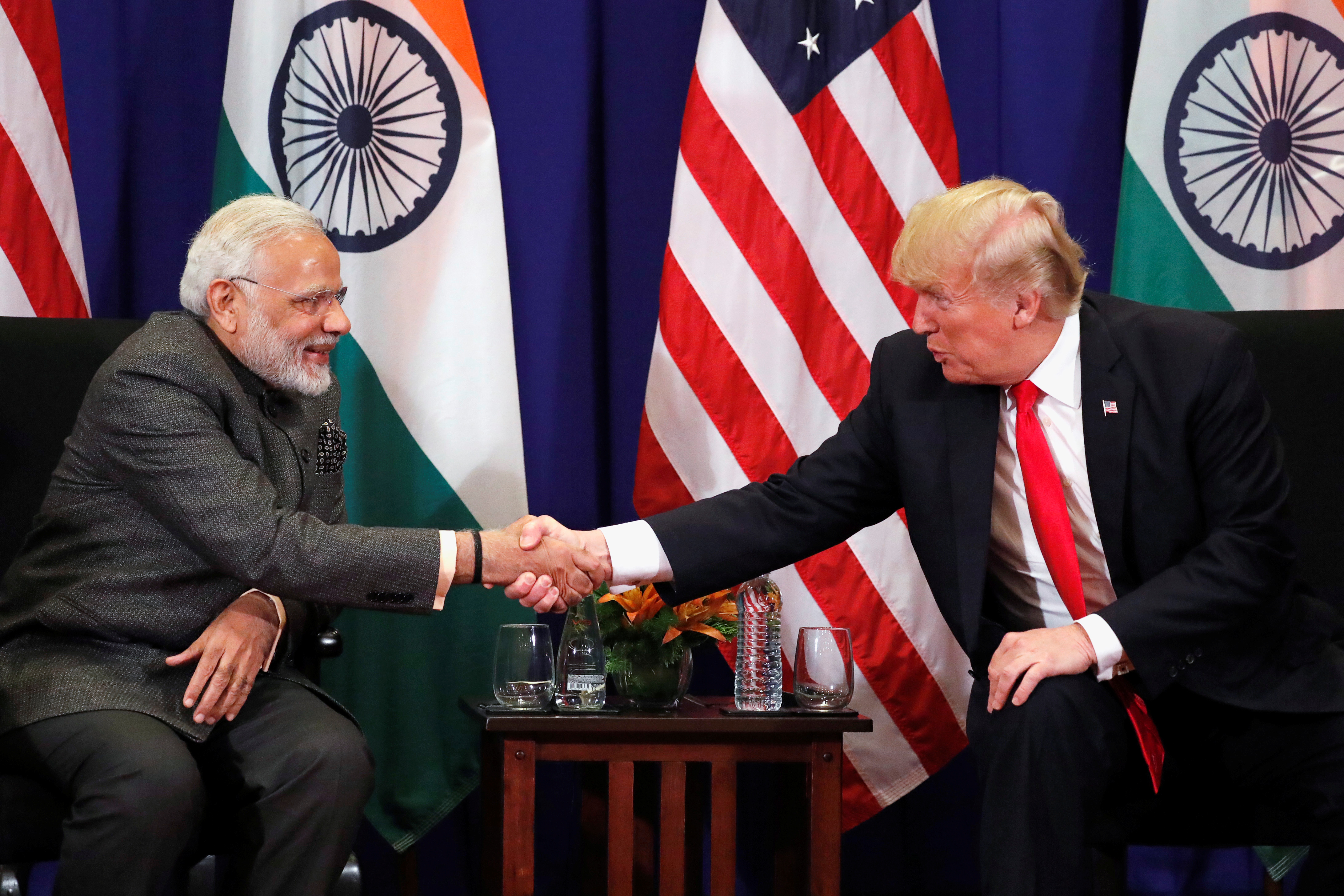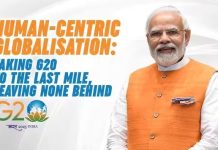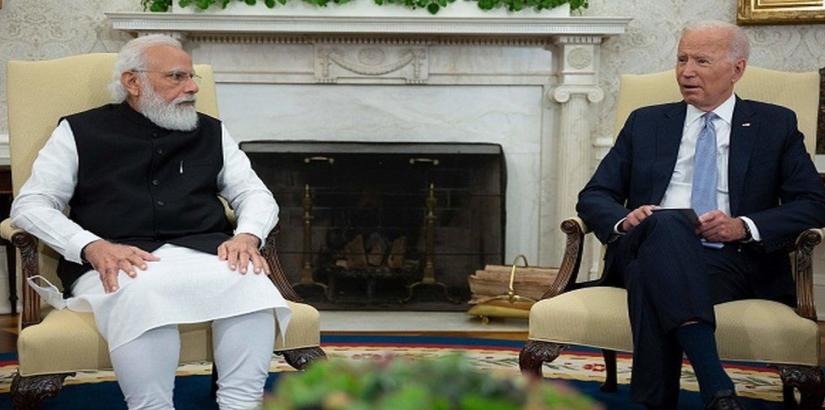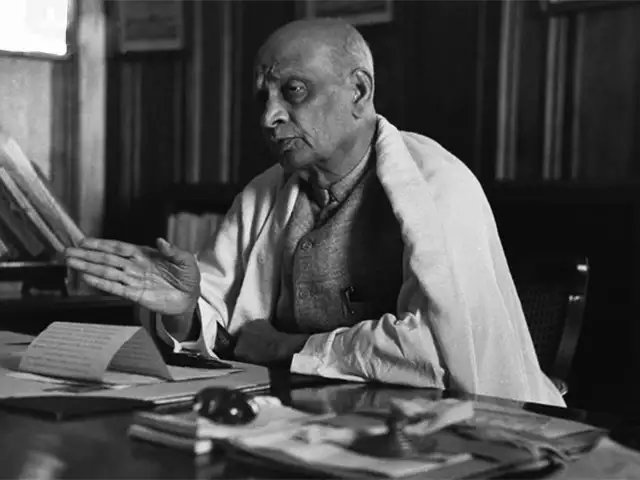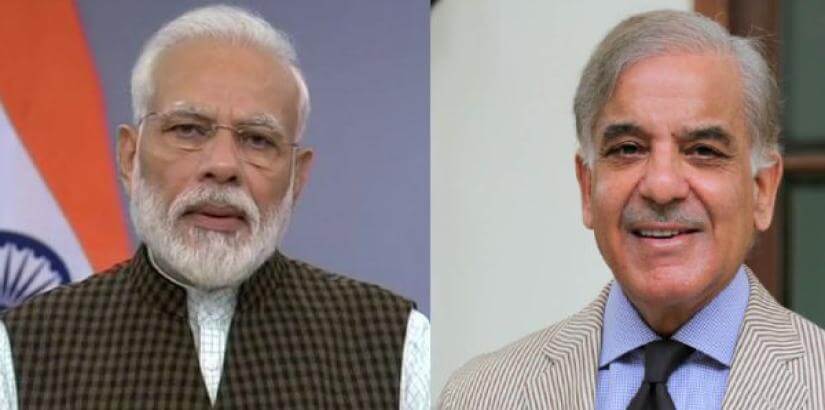Aditya Satsangi
When the 45th President of the US visits India, there are lots of expectations from India and the USA. The US is the defacto sole global policeman and India, a regional peacekeeper. One is the oldest functioning democracy, and the other, the largest democracy.
India is the net importer of American political ideology of freedom and has done reasonably well on that front. However, ties with the US are based on transactions and not wishful thinking. Public postures of bonhomie don’t appeal to the American political mindset. While for Indians, the public displays of bonhomie are a way to show to the world their excellent relations with the US. At this crucial juncture of India’s emerging leadership role in global politics, something more is expected from India. This is the time for course correction for India and also for the US.
While the US has initiated its part by making India the center pin of the Asia Pacific security apparatus by naming the entire region as Indo Pacific, India hasn’t played its role yet. The foreign policy of India has become more robust under the new Foreign Minister, S Jaishankar.
However, it has still failed to attract American strategic think tanks. The overly defensive foreign policy of India has unnerved Americans, to put it mildly. American best interests are served by an assertive India that is willing to take responsibility from the Suez Canal to the South China Sea. Indian Foreign policymakers are still not able to grasp American foreign policy direction.
This is a golden opportunity for all Indians to arrive at the global stage. Australia and Japan are ready to welcome India as a leader of the Indo Pacific should India decide so. The current American leadership is eager to accommodate India, should India chooses so.
The critical American expectation from India has always been to ensure the regions around it are free from all forms of a hindrance to world trade, whether it be sea, air, or land. The terrorism should be contained from Pakistan, Bangladesh, and Afghanistan. For that Indian military has to be used effectively across Indian Ocean Rim states. Chinese and Russian interference in all littoral countries surrounding the Indian Ocean has to be controlled to some extent. The US wants India to take ownership of regional geopolitical security.
Recently, leftist American agencies have castigated India on Human Rights Issues over CAA and other internal decisions of the Indian government. But all those observations have been effectively sidelined by the Trump administration. But that is temporary until November.
One never knows in what direction the November reelection bid of Trump can define American foreign policy. The foreign policy of the US works in conjunction with current events. There is nothing written in stone. The loyalties of the foreign policy of the US is always with a partner that can deliver to minimal policing objectives of the USA. The past is quickly forgotten because that’s the water already gone under the bridge.
The export of democracy as the ideology of governance has already bled trillions of dollars from the American taxpayers. And that has not ensured peace all over the world. The post World War II leadership of the US has dwindled a bit. Now, the US is looking for large partners like India to continue its leadership on global Innovation, Policing, and Economic control. Europe is no longer central to its growing needs.
Latin America is still a consumer with a little global footprint. America knows that the economic leadership of the world will come from Asia, and particularly India. That makes India very attractive to all US administrations. A weak India or keen India, both can be used to fuel American growth. For American policymakers, a vulnerable India can be forced to work with them. A keen India can be a partner with them. An assertive and Strong India is not in favor of Americans if the two nations do not have strong common geopolitical objectives.
It is for India to decide which part they choose. A position of strength gets better deals. With the Indian economy down, the options before India are limited. But, rest everything else, such as a large consumer base, and strong economic fundamentals are still in India’s favor.
India has to choose a transactional relationship with the US to gain economically. Offering a regional geopolitical alliance will help India financially in a big way. Indian policymakers have to take some proactive steps in Syria, Afghanistan, and Pakistan to ensure American troop withdrawal from those regions.
India should also make the export of Dharma as the new foreign policy of India just the way the US exports democracy. That will help create a robust ideological basis of India’s intervention in its neighboring countries for peace.
America will respect that. Today America and India are both needing each other more than ever before to stabilize the world order post-fall of communism. The world needs the two largest innovation creators to power the current times towards prosperity. This is the time for India to negotiate her way towards economic success and also for the US to retain economic leadership. Financial leadership is directly related to the Geopolitical security of both Indian and American interests.

